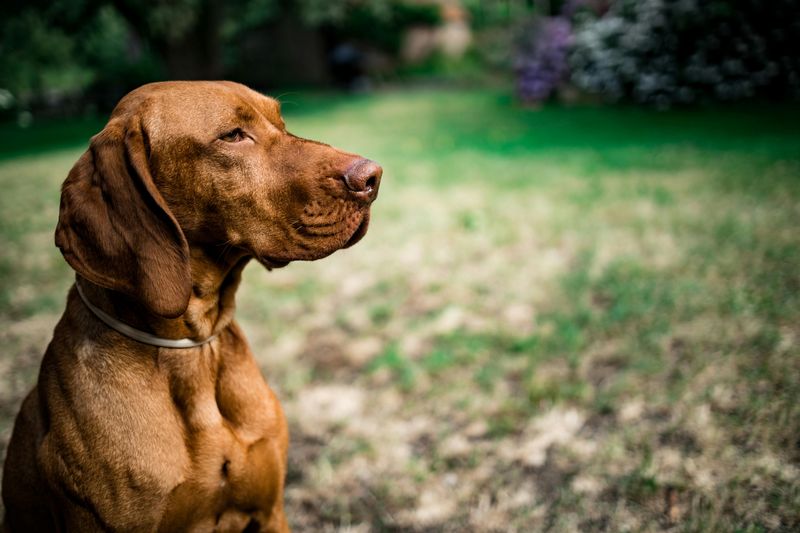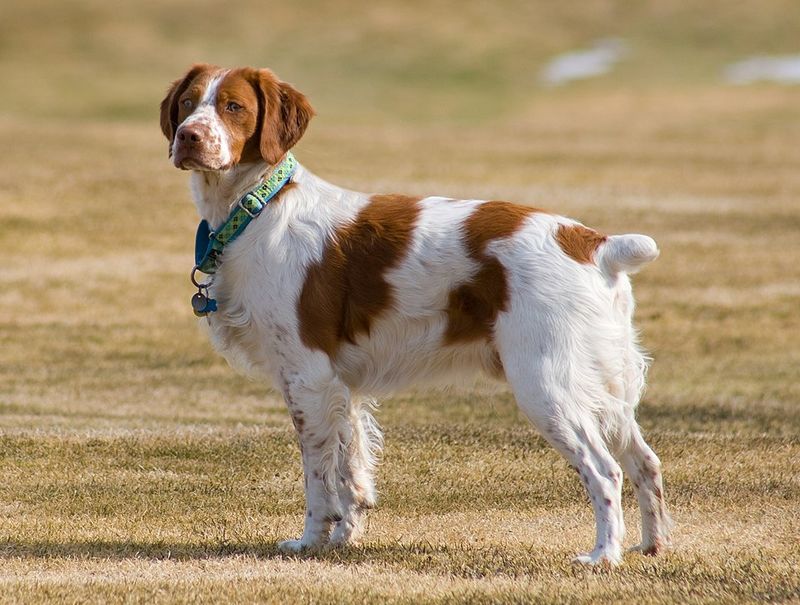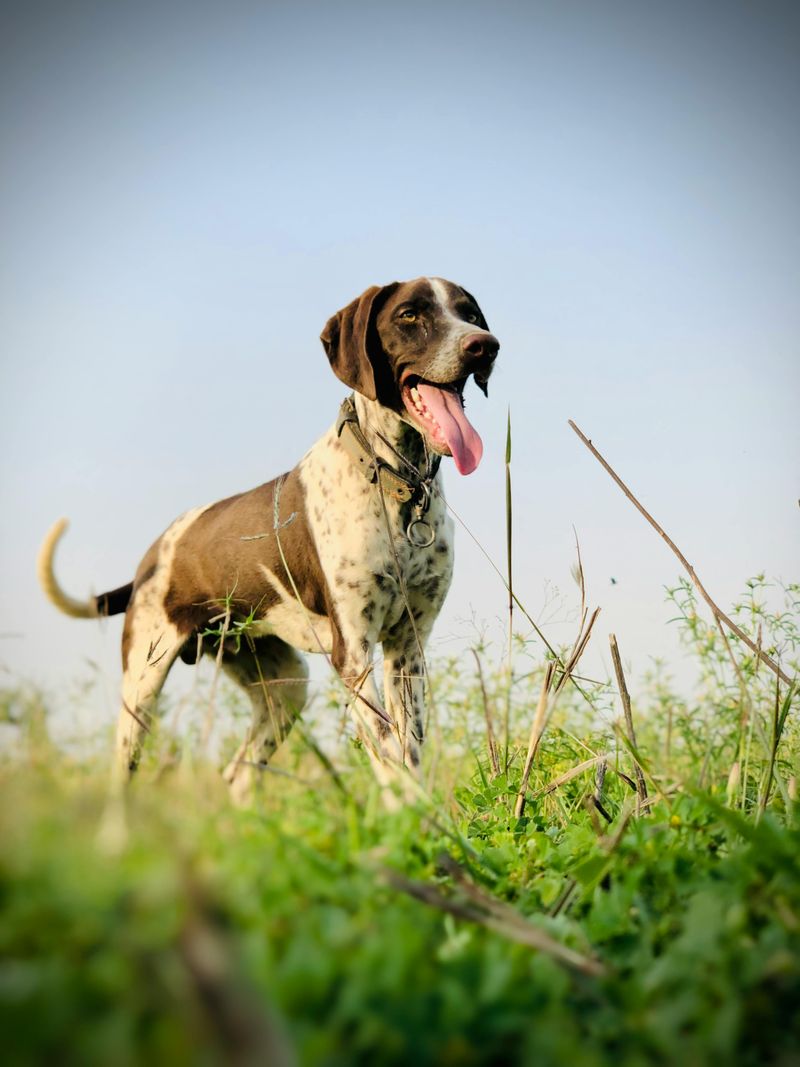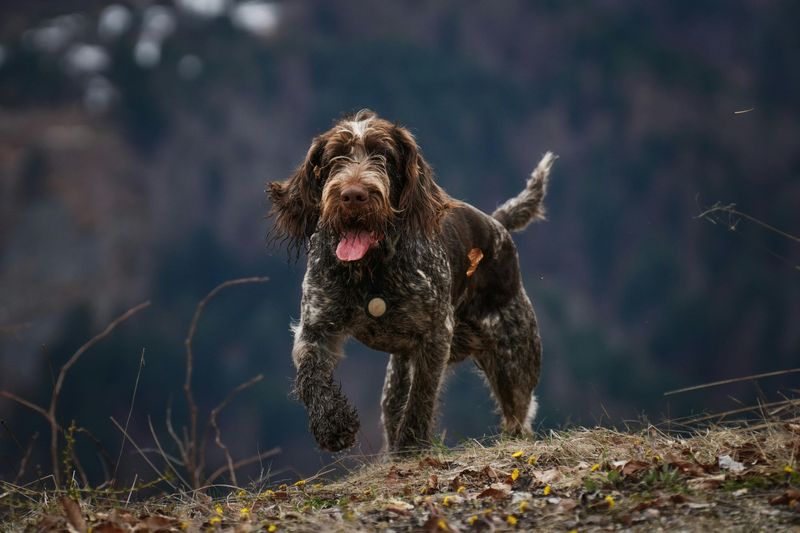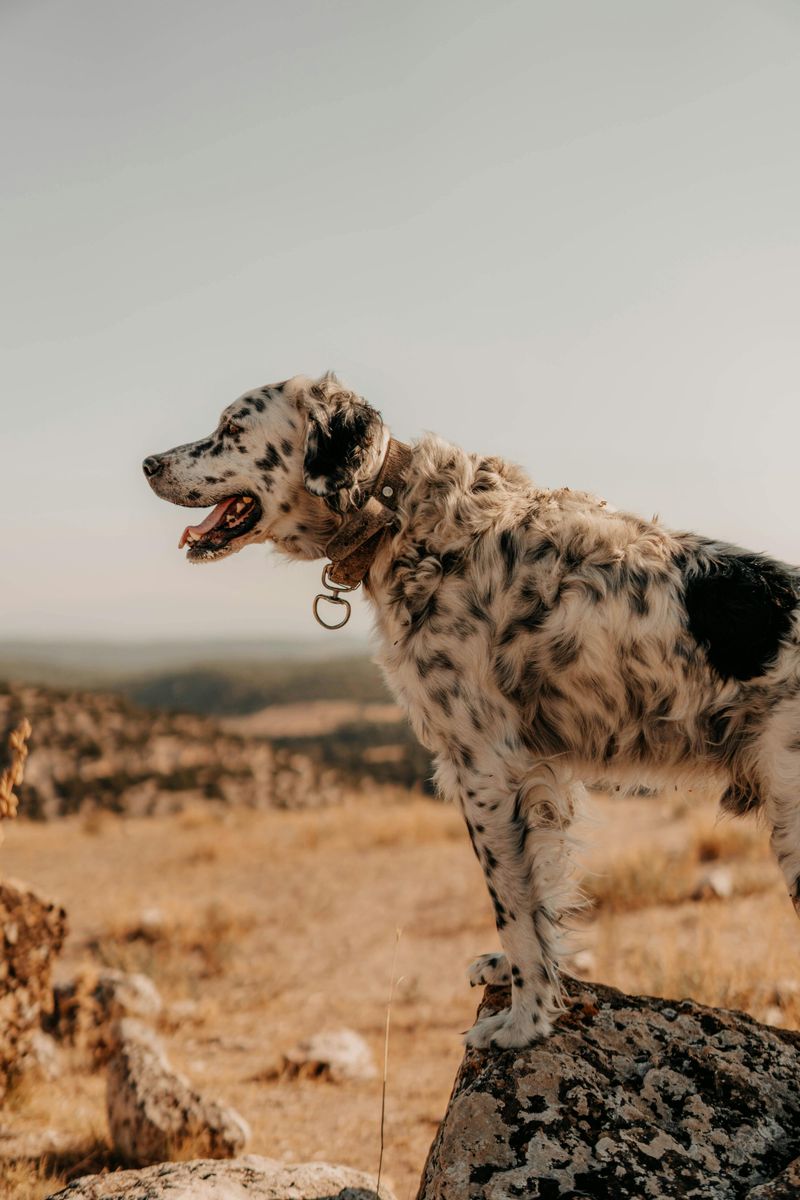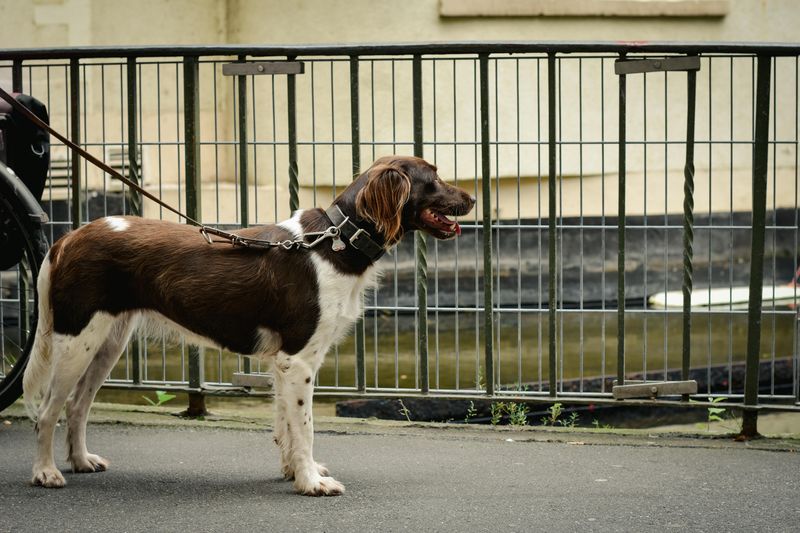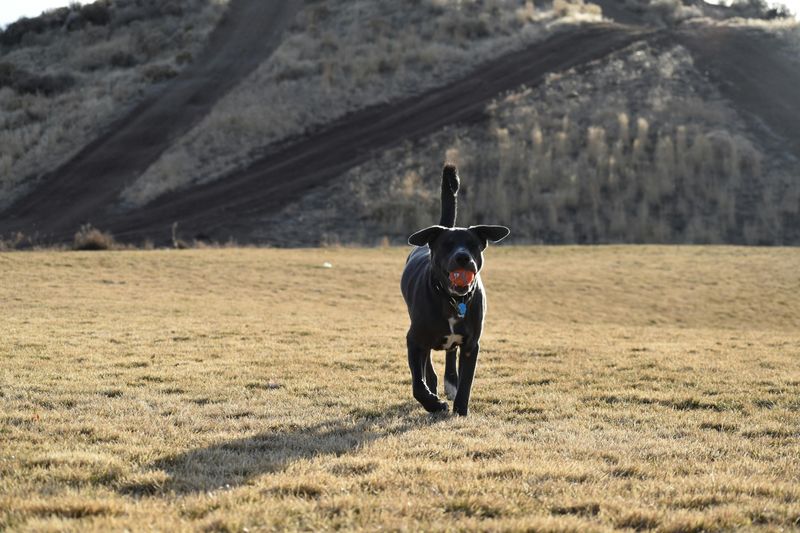Looking for dogs that match the energy, intelligence, and versatility of German Shorthaired Pointers? You’re in the right place. These ten breeds bring comparable drive in the field, eagerness to learn, and affection at home. If you love the GSP’s athletic spirit but want options tailored to different lifestyles, this list delivers compelling, real-world alternatives you’ll actually want to meet.
Vizsla
The Vizsla mirrors the German Shorthaired Pointer’s athleticism, affection, and field prowess. Renowned for their “velcro dog” personality, they thrive on close human connection and excel in obedience, agility, and upland hunting. Their short, sleek coat requires minimal grooming but doesn’t offer much insulation in cold climates. Daily vigorous exercise—think structured runs, field work, or scent games—is essential to keep them balanced. Highly trainable yet sensitive, they respond best to gentle consistency and positive reinforcement. Their compact, muscular build and keen nose make them exceptional partners for active owners who want a fast, responsive, and cuddly sporting companion.
Weimaraner
The Weimaraner shares the GSP’s high drive, intelligence, and versatility in the field. Bred as a multipurpose hunting dog, it demands substantial daily exercise and mental stimulation. Their luminous gray coat and expressive eyes add dramatic appeal, but beauty comes with needs: without structured training and outlets, they can become anxious or destructive. They bond deeply and prefer staying close to their people. Obedience, tracking, and canicross suit their stamina and speed. Early socialization helps ensure steady temperaments with other dogs. For sporty households seeking a bold, trainable athlete with strong prey drive, the Weimaraner is a compelling match.
Brittany
The Brittany captures much of the GSP’s bird-savvy prowess in a more compact package. Agile and eager, this breed excels in pointing and retrieving, thriving in upland fields and competitive sports. Their medium coat offers a bit more weather protection than short-coated breeds, though regular brushing helps manage shedding. Brittanys are people-oriented and typically biddable, making them strong candidates for first-time sporting dog owners who can meet exercise needs. Expect brisk daily workouts and puzzle-based enrichment to harness their supercharged noses. Balanced training with clear boundaries keeps their enthusiasm productive, resulting in a cheerful, versatile field companion and affectionate family dog.
English Pointer
English Pointers epitomize pointing style and share the GSP’s relentless drive and stamina. Built for speed and range, they excel in open country where their pinpoint scenting ability shines. Their sleek coats are low maintenance, yet they require significant daily exercise to prevent restlessness. They tend to be affectionate and polite, responding best to calm, consistent training with high-value rewards. While not always as versatile in waterfowl work as GSPs, they dominate in upland fields and field trials. For handlers seeking laser-focused pointing performance and elegant lines, the English Pointer is a natural, athletic counterpart to the GSP.
German Wirehaired Pointer
The German Wirehaired Pointer is a close cousin to the GSP, differing mainly in coat and ruggedness. Its wiry, weather-resistant hair, beard, and furnishings equip it for thorny cover and cold water retrieves. Like the GSP, it’s a versatile hunter—pointing upland birds and retrieving ducks with equal enthusiasm. High energy and intelligence demand structured work, from field training and dock diving to tracking games. They can be strong-willed; consistent, fair leadership is key. Regular hand-stripping or specialized grooming keeps the coat functional. For active hunters who want year-round capability and a durable, driven partner, the GWP is outstanding.
Wirehaired Pointing Griffon
Often called the “supreme gundog,” the Wirehaired Pointing Griffon balances GSP-like versatility with a slightly more methodical pace. Their dense, harsh coat protects in brambles and cold conditions, excelling in upland and water work. Griffs are affectionate, people-focused, and typically thrive with positive reinforcement and varied tasks. While energetic, they may be a touch less hyper than some pointer types, making them adaptable to active families. Consistent socialization fosters confidence with strangers and other dogs. Expect regular grooming to maintain coat texture. For those wanting a capable, close-working hunting companion with rustic appeal, the Griffon is a stellar choice.
English Setter
English Setters share the GSP’s bird sense and trainability, bringing a more flowing, elegant style to the field. Bred to range and “set” game birds, they combine stamina with a gentle, sociable temperament. Their beautiful feathered coat requires routine brushing to prevent mats, but offers added protection outdoors. Daily vigorous exercise remains crucial; running, field work, and scent games keep them content. Many are sensitive and respond best to encouragement rather than pressure. They integrate well into family life when given attention and structure. For hunters and sport enthusiasts wanting style, nose, and companionship, the English Setter is compelling.
Irish Setter
With sweeping red coats and vibrant enthusiasm, Irish Setters echo the GSP’s athleticism and zest for life. They are spirited, affectionate companions who shine in field activities, canicross, and agility. Their energy can be exuberant, requiring consistent training and ample exercise to maintain focus. Regular grooming keeps their feathering neat and reduces tangles. Early socialization fosters good manners and confidence. While some lines emphasize show traits, field-bred Setters retain strong bird drive and stamina. For active owners seeking a charismatic, people-loving partner with endurance to spare, the Irish Setter brings glamour and go-all-day capability in equal measure.
Small Munsterlander
The Small Munsterlander offers GSP-like versatility in a slightly smaller, agile frame. Known for strong noses and cooperative temperament, they excel in upland work, tracking, and water retrieves. Their medium coat provides protection yet needs regular brushing. Daily mental challenges—handling drills, scent puzzles, and steadiness training—help channel their enthusiasm. They bond closely with families, often thriving in homes that include them in adventures. Early, balanced training ensures reliability around game and distractions. With an adaptable work ethic and compact size, the Small Munsterlander suits hunters and outdoor athletes seeking a thoughtful, energetic partner that switches from field to family with ease.
Labrador Retriever (Field-bred)
Field-bred Labradors parallel the GSP’s work ethic and trainability, trading pointing for powerhouse retrieving. Bred for stamina, water courage, and handling responsiveness, they excel in waterfowl, hunt tests, and obedience. Their short, dense double coat insulates in cold water; regular conditioning prevents excess weight. Labs are famously people-oriented and food-motivated, making positive reinforcement especially effective. They need structured exercise and steadiness training to channel exuberance. While less specialized for pointing, many demonstrate strong scenting and tracking prowess. For active handlers who want a biddable, versatile athlete with a softer off-switch at home, the field Lab is exceptional.

